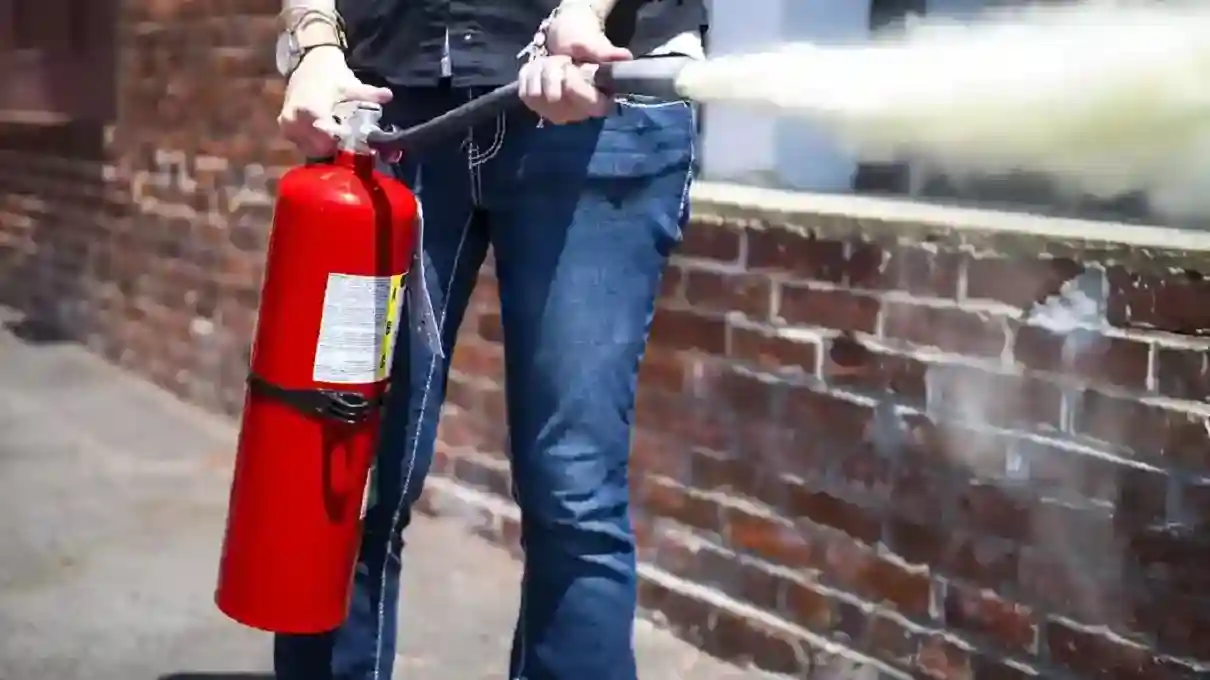Fire extinguishers are crucial safety tools, designed to combat and control fires in their early stages. However, like any other device, extinguishers do not last forever. They have a typical lifespan ranging between 5 and 15 years. This range is not absolute, though, as the functional lifespan of a extinguisher can be influenced by various factors, including the type of fire-fighting substance it contains and the conditions under which it’s stored.
Factors Influencing Lifespan Of Fire Extinguisher
The type of substance inside the extinguisher plays a significant role in its lifespan. For instance, extinguishers filled with compressed gas can slowly leak their contents as seals weaken over time, while those containing ammonium phosphate can solidify over the years, rendering them ineffective.
The storage conditions of a fire extinguisher can also greatly impact its lifespan. An extinguisher stored in a clean, indoor environment is likely to last longer than one exposed to harsh weather conditions. Sunlight, wind, rain, and even UV radiation can cause corrosion and deterioration, thereby shortening the lifespan of the extinguisher.
How Long Does a Fire Extinguisher Last In Action
The duration for which a fire extinguisher can be used depends on its size and the type of extinguisher. Here are some general estimates:
- Small extinguishers: These are typically handheld units (such as those you might find in a car or kitchen) that contain around 2.5 pounds of extinguishing agent. These usually last about 10 seconds.
- Medium extinguishers: These units might contain around 5 pounds of extinguishing agent. They can typically be used for around 15 to 20 seconds.
- Large extinguishers: Larger units (such as those you might find in a commercial setting) might contain 10 pounds or more of extinguishing agent. These can typically be used for 20 to 25 seconds.
Please note that these are just rough estimates. The exact duration can vary based on the specific model of extinguisher, how fully it’s been charged, and how continuously it’s used. Remember that fire extinguishers are designed for small, incipient stage fires. If a fire is too large or spreading, it is important to evacuate and call professional firefighters.
Regular Maintenance and Inspection
Regular checks and maintenance are key to ensuring a fire extinguisher’s readiness for action. While a extinguisher may have a shelf life of up to 15 years, if its maintenance record indicates a date more than a decade past, it may be time to consider a replacement.
Prolonging the Life of a Fire Extinguisher
Fortunately, certain fire extinguishers can be professionally recharged, potentially extending their lifespan even if they’re nearing or have passed their original expiration. Older models without a gauge may particularly benefit from professional inspection and possible recharging.
Warning Signs of a Non-Functional Fire Extinguisher
Being aware of the telltale signs of a non-functional extinguisher is essential. Physical damage to the canister, such as dents or bruises, or missing components like the tamper seal and pin, could indicate that the extinguisher is not only ineffective but also potentially hazardous.
Disposing of Expired Fire Extinguishers
Proper disposal of expired or damaged extinguishers is critical to safety and environmental conservation. They should never be thrown in the trash or recycling bin due to their hazardous, pressurized contents. Instead, they should be taken to a local hazardous waste collection site or fire department, ensuring they’re handled in a safe and environmentally friendly manner.
In conclusion, while extinguishers are durable and long-lasting devices, they require regular inspection and maintenance to ensure their functionality. Proper care, storage, and disposal practices will not only extend the lifespan of these devices but also ensure they’re ready and effective when needed most.

